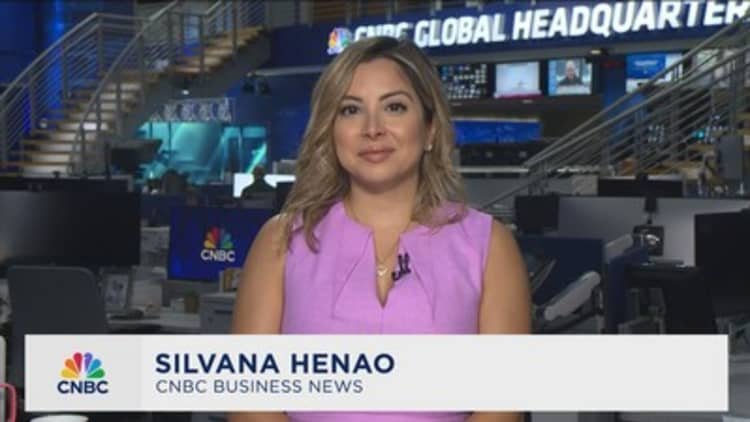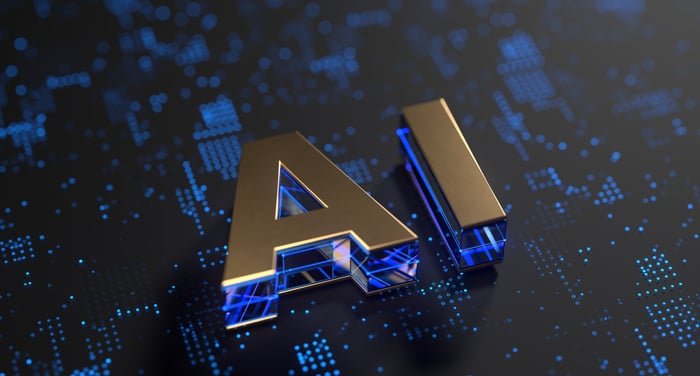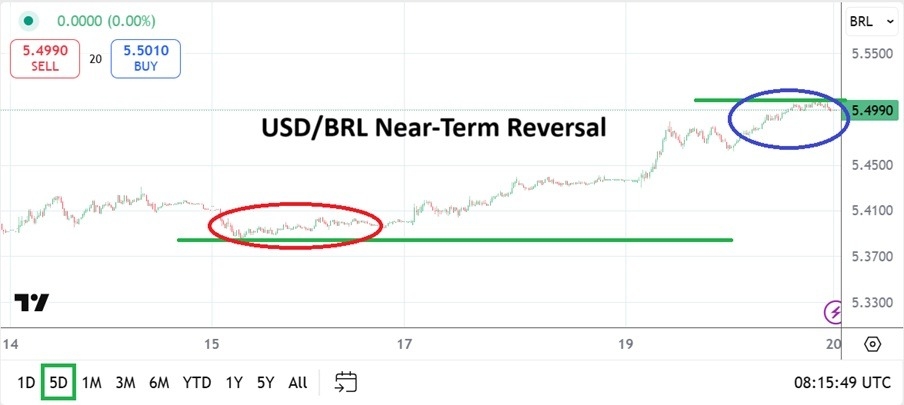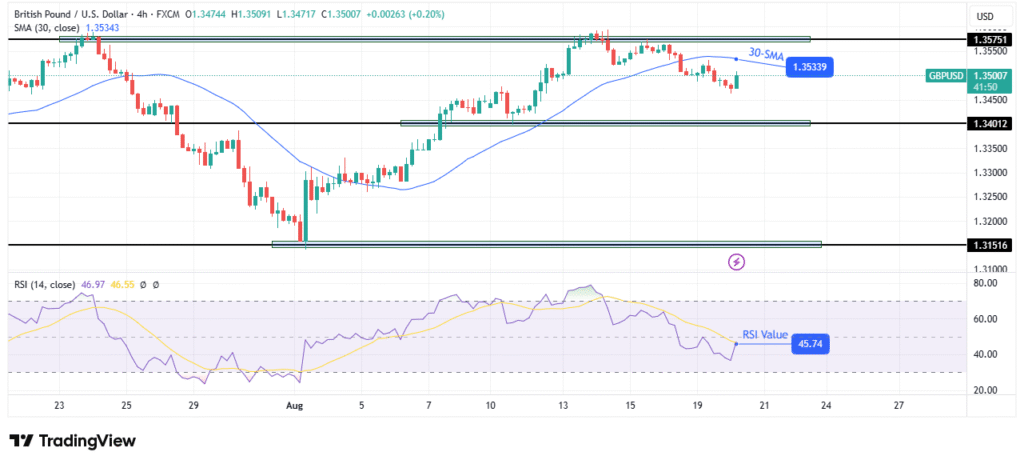Intel (INTC) rose roughly 7% on Tuesday, a day after SoftBank Group announced it would take a $2 billion stake in the struggling chipmaker.
News of SoftBank’s investment follows a Bloomberg report last week that said the Trump administration is considering taking up to a 10% position in the company.
Treasury Secretary Scott Bessent confirmed in a CNBC interview Tuesday that the investment would involve the US government converting Intel’s grants from the Biden-era CHIPS and Science Act — worth $10.9 billion — into an equity stake aimed at stabilizing the company’s US manufacturing business. Bessent did not confirm the size of the stake the government would take.
Intel has fallen behind in an industry it once dominated. Its manufacturing division is bleeding cash, just as its legacy computer chip segment forfeits market share to rivals Advanced Micro Devices (AMD) and Qualcomm (QCOM) in the PC space. Intel is also woefully behind AMD and Nvidia (NVDA) in the AI race.
The company’s market capitalization of $111 billion is less than half of its value in 2021. And CEO Lip-Bu Tan has been forced to lay off 15% of the company’s workforce and shelve plans to build plants in Europe.
But the troubled chipmaker is the only large-scale US-based leading-edge chip manufacturer, giving it geopolitical significance as the nation looks to reshore semiconductor production.
Intel’s problems, however, may be too big for either SoftBank or the Trump administration to solve on their own.
Deutsche Bank analyst Ross Seymore said news of the US potentially taking a stake in Intel, combined with the SoftBank investment, shows that “[Tan] is taking bold actions to solidify Intel’s financial and strategic positioning during its ongoing difficult transformation process.” Tan became CEO in March after Intel’s board ousted former CEO Pat Gelsinger late last year.
But others on Wall Street expressed skepticism that those investments would be enough to save Intel from its decline, which resulted from years of missteps.
Loop Capital analyst Gary Mobley wrote in a recent note to clients that the support from SoftBank and, potentially, the US government may be “akin to a lifeline with no secure anchor at the other end,” because while Intel may be “finding new buyers of its primary equity capital,” that may not guarantee it can find customers for its manufacturing business.
Gelsinger established Intel’s third-party chip manufacturing business, otherwise known as its Foundry, in 2021 as a means of competing with rival TSMC, which produces chips for companies including Nvidia, Apple (AAPL), AMD, and others.
But so far, its Foundry business has been a disappointment, struggling to secure customers. While Intel has said it reached agreements to build chips for Amazon (AMZN) and Microsoft (MSFT), the company is still its own largest manufacturing client.
Intel’s plan includes building chips based on newer technologies, including its 18A and upcoming 14A node design processes, part of Gelsinger’s plan for five process nodes in four years. But 18A, which was initially supposed to roll out in the first half of 2025, is now slated to debut in 2026.
Bernstein analyst Stacy Rasgon was similarly critical of Intel’s cash infusion in his own investor note, writing, “We do not believe that Intel’s capability gap has anything to do with money.”
Rasgon also questioned whether the US taking a stake in Intel would be enough to complete the company’s domestic manufacturing expansions.
“Intel was originally supposed to get these CHIPS Act funds for free; giving up 10% of the company for them seems worse,” he wrote in a note to clients. “And if the goal is to help Intel build substantial US capacity, $10.9B really isn’t enough.”
Moor Insights and Strategy founder and chief analyst Patrick Moorhead told Yahoo Finance that while SoftBank’s $2 billion investment and the prospect of a potential US stake are good things, the company would require as much as $40 billion to build out its next-generation 14A technology.
Still, getting the US government involved, at least in the short term, could prove to be a boon for the company.
“My short-term answer is that the US government is a kingmaker, and they just made Intel the king, and they are going to wrap policy around that to make Intel foundry successful,” Moorhead said.
If the government sticks with Intel for the long haul, though, Moorhead said it could further complicate the company’s development problems, leading to a lack of innovation, inefficiencies, and growing costs.
“My hope is that Intel gets back on its feet, it turns itself into a reputable, leading-edge foundry, and the government sells the stake,” he said.
Laura Bratton is a reporter for Yahoo Finance. Follow her on Bluesky @laurabratton.bsky.social. Email her at laura.bratton@yahooinc.com.
Email Daniel Howley at dhowley@yahoofinance.com. Follow him on X/Twitter at @DanielHowley.
Read the latest financial and business news from Yahoo Finance







